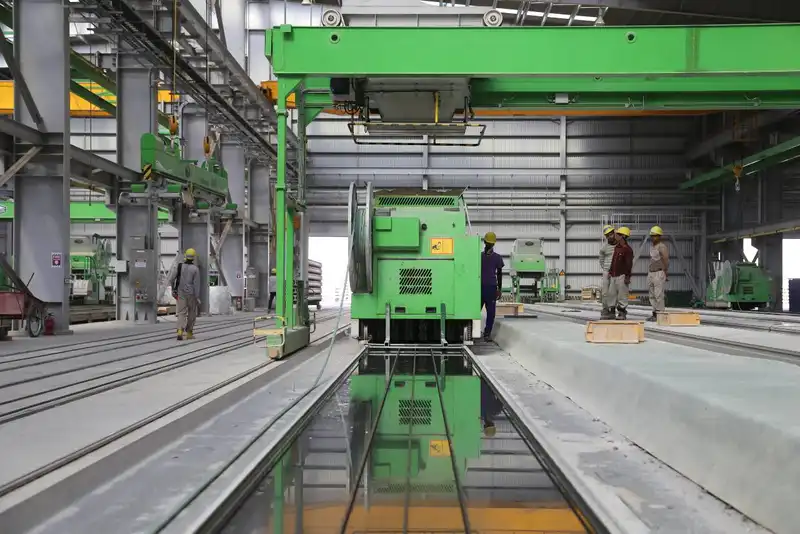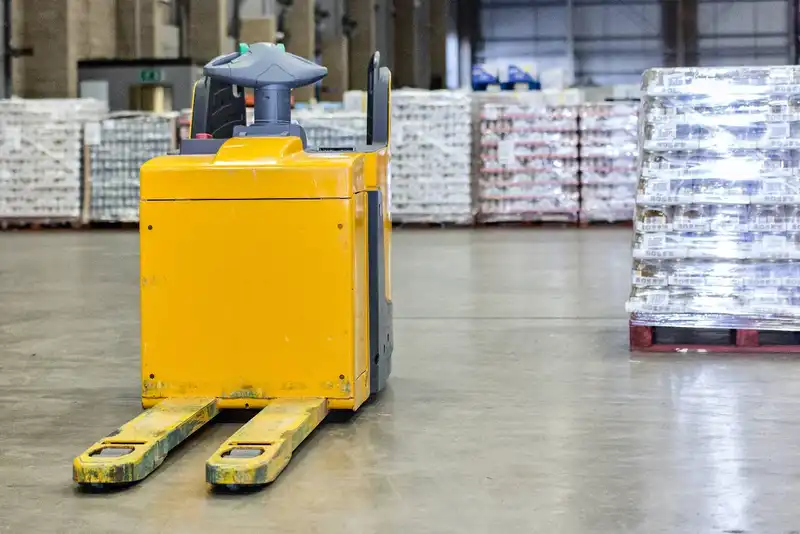Supply Chain Automation- Benefits & Where It Should Be Applied
Businesses that harness technology to streamline their supply chains are able to remain competitive within their industries by providing efficient customer service. With supply chain solutions, companies can promote smooth workflow, from restocking items to order fulfillment, boosting stock turnover rates.
Automation involves various types of technology, from software to robotics, improving every supply chain phase. Businesses should evaluate their operations and determine how automation can enhance their performance.
What is Supply Chain Automation?

Supply chain automation is the digital standardization of various processes to improve productivity and accuracy. Automation uses modern technology, such as inventory, ordering, and forecasting software to streamline repetitive tasks.
By implementing advanced tools, companies can minimize manual labor, promoting operational efficiency. In fact, a McKinsey report forecasts that supply chain automation has the potential to accelerate the global economy's productivity by up to 1.4% annually.
Aside from labor wages, automation tools can also decrease operational costs by ensuring that procedures are performed accurately with minimal resources. An Information Services Group study found that companies using robotics to automate financial processes, such as billing, reduced their resource usage by 43%. However, process automation can be used in various supply chain phases, including-
- Invoicing
- Order Fulfillment
- Inventory Management
- Warehouse Management
- Customer Service
- Multi-Channel Marketing
- Ordering Stock
- Tracking Financials
While software handles record-keeping and clerical work, there are advanced solutions for more labor-intensive tasks. For example, businesses can minimize their manual labor by implementing robots to automate stock storage and retrieval for order fulfillment, reducing their order cycle time by half.
Benefits of Supply Chain Automation

Using automation to improve supply chain management enhances many other facets across internal and external processes, including-
- Enhanced Operational Efficiency
- Improved Customer Service
- Optimized Inventory Management
Demand forecasting software can also further enhance inventory management by enabling businesses to anticipate the ebbs and flows of sales to optimize stock levels, reducing ordering and holding expenses.
- Transparency Between the Company and Customers
3 Types of Supply Chain Automation

There are different types of supply chain automation that businesses can implement to streamline processes, from ordering stock to customer delivery. Companies should learn the different systems commonly used at each phase, including-
1. Supply Management - Machine Learning
The first, and perhaps most significant, stage in the supply chain is inventory management. Without proper regulation, human errors and inadequate stock supervision can lead to heightened risks and unnecessary expenses.
With tracking software, businesses can use automation to enhance warehouse and inventory control. Inventory solutions alert users of low stock levels, reorder points, real-time metrics, and new order requests. This functionality enables companies to prevent stockouts, backorders, and late shipments due to poor tracking.
Warehouse managers can also use software to streamline the stock ordering process. Ordering solutions allow businesses to connect directly with vendors via software to pull catalogs and receive quotes. Management can find local suppliers based on product specifications, such as quality, order size, and location. Advanced systems can even automate reorder points and order consolidation, saving shipping costs.
By integrating established systems with forecasting solutions, businesses can gain insight into supply usage and emerging trends. This enables companies to anticipate and prepare for fluctuations in customer demand to prevent stockouts and lost sales.

2. Supply Chain Logistics - Robotics
Depending on the type of inventory a company provides, there may be a need for robotic solutions. Robots can handle a variety of tasks, from product retrieval to loading carrier trucks. Some companies, such as Amazon, use robotics to streamline high volumes of order fulfillment and meet expedited shipping requests.
However, many smaller companies also utilize these solutions for logistical reasons. Some products are too heavy or bulky to be processed and loaded manually, requiring a forklift or other machinery. This equipment is also useful for unloading batches of incoming goods and materials, reducing the risk of injury from manual labor.
3. Supply Shipping - Driverless Vehicles
Driverless vehicles have made significant advancements in robotics, often requiring zero human intervention to unload trucks, transport products, and stock warehouses. With driverless cars, companies can replace forklifts and machine operators, saving significant funds from labor wages in the long run. By streamlining logistical processes, companies can improve their inventory turnaround.
Some driverless vehicles can even deliver items straight to the customer, eliminating the need for third-party delivery services. With this technology, businesses no longer have to worry about driver shortages and high shipping costs.
Supply chain automation is making leaps and bounds within logistics, warehouse, and inventory management. With advanced technology, businesses can utilize software and robotics to streamline standard procedures to improve efficiency and productivity.





